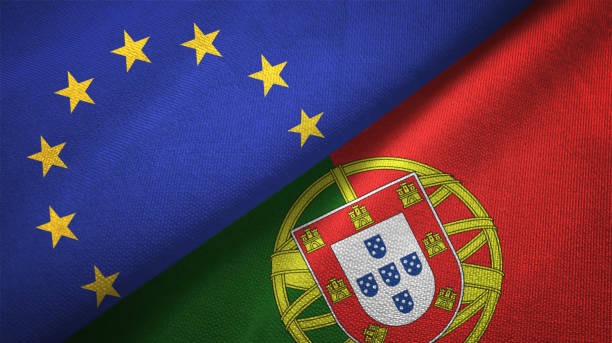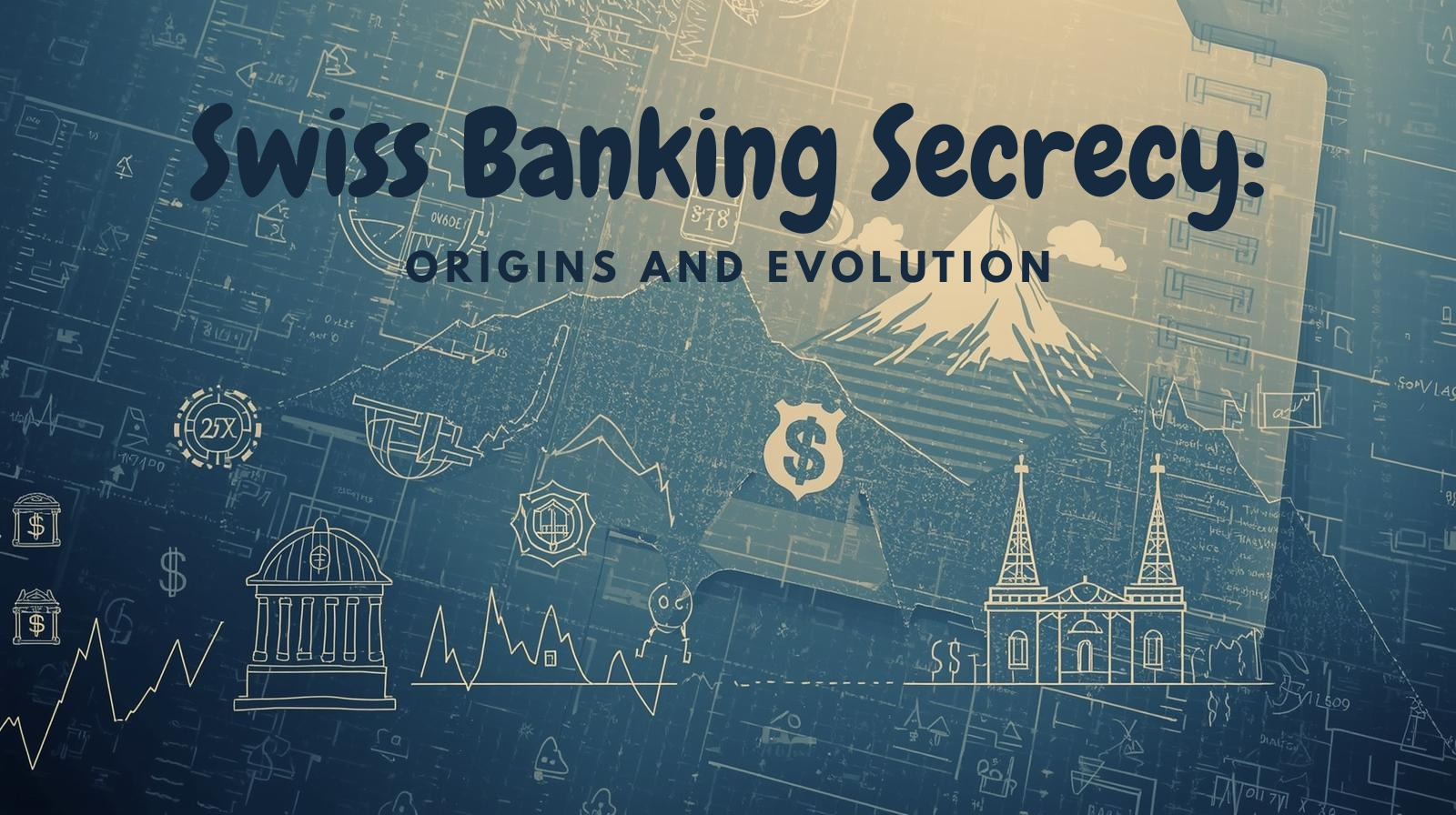Legal systems have been the backbone of civilized societies for centuries, ensuring order, justice, and the protection of rights. From ancient customs to today’s codified laws, the evolution of legal systems reflects broader social, political, and technological changes. Let’s explore how modern legal systems have developed and what shapes them today.
The earliest legal systems were based on customs and religious principles. Ancient civilizations like Mesopotamia, Egypt, India, and China had written laws, some of which laid the groundwork for modern legal thinking.
Notable Early Systems:
Code of Hammurabi (Babylon): One of the first written legal codes
Roman Law: Emphasized civil procedure and codified principles
Manusmriti (India): Combined spiritual and legal guidance
Roman law heavily influenced the development of modern European legal systems. It introduced concepts like legal contracts, personal rights, and codified statutes. After the fall of the Roman Empire, England developed Common Law, which emphasized judicial decisions (precedents) rather than statutes.
Two Main Legal Traditions Emerge:
Civil Law: Based on written codes (e.g., France, Germany, Japan)
Common Law: Based on precedent and judicial rulings (e.g., UK, USA, India)
Religious texts and traditions have influenced legal systems worldwide. For example:
Islamic Law (Sharia) governs many aspects of personal and societal conduct in Muslim-majority countries.
Canon Law regulates religious practices within Christian institutions.
Over time, secular systems began separating law from religion, especially in the West.
The 17th and 18th centuries ushered in radical legal changes. Enlightenment thinkers like Montesquieu, Locke, and Rousseau promoted the rule of law, separation of powers, and human rights.
Major Milestones:
The U.S. Constitution and Bill of Rights
Napoleonic Code in France, which became a model for many civil law systems
The Magna Carta's principles were reaffirmed as fundamental rights
The 19th and early 20th centuries saw laws evolve to address the needs of urbanization, labor rights, trade, and technology.
Key Legal Developments:
Labor and employment laws
Corporate and antitrust legislation
Codified criminal justice reforms
Governments expanded their roles in regulating industries and protecting consumers.
After World War II, international legal cooperation became essential to maintain peace and human rights.
Significant Institutions and Treaties:
United Nations (UN) and International Court of Justice (ICJ)
Universal Declaration of Human Rights (1948)
Geneva Conventions on warfare and humanitarian law
European Court of Human Rights (ECHR)
These frameworks strengthened international accountability and cross-border justice.
Technology has ushered in entirely new legal challenges—such as data privacy, intellectual property in the digital realm, cybersecurity, AI ethics, and FINRA Broker Check compliance. Cybersecurity has become a cornerstone of compliance, requiring organizations to implement robust systems and adhere to evolving regulations to protect user data. Meanwhile, the rise of artificial intelligence introduces ethical and legal considerations around algorithmic bias, automated decision-making, and accountability when AI systems cause harm or errors. Tools like FINRA Broker Check enable individuals to research the background, credentials, and disciplinary history of brokers and investment firms, empowering investors to make informed decisions. By combining technological literacy with proactive legal oversight, both individuals and businesses can navigate these emerging challenges responsibly and maintain trust in the digital economy.
Modern Legal Focus Areas:
GDPR and global data protection laws
E-commerce and digital contracts
Blockchain and smart contracts
Regulation of artificial intelligence and algorithmic decision-making
Modern legal systems increasingly aim to ensure fairness and accessibility. Legal aid, public defenders, online dispute resolution, and alternative dispute mechanisms are expanding access to justice for underserved populations.
Emerging Trends:
Online legal services and apps
Legal literacy initiatives
Community-based justice systems
As economies and societies globalize, legal systems are adapting. International treaties, trade agreements, and multinational courts are influencing domestic legal practices.
Examples Include:
WTO trade dispute settlement mechanisms
International environmental and climate law
Cross-border intellectual property protection
Looking forward, legal systems will likely evolve with emerging technologies and shifting global values. Expect increased automation in legal work, AI-assisted judgments, and evolving laws around climate change, digital rights, and bioethics.
Predictions:
AI in legal research and trial preparation
Autonomous legal agents and virtual courts
Greater emphasis on restorative and community justice models
Modern legal systems are the product of centuries of evolution, shaped by culture, conflict, and innovation. As societies grow more complex and interconnected, the law must adapt while staying rooted in justice and fairness. Understanding this evolution helps us better navigate today’s legal landscape and shape tomorrow’s.




Want to add a comment?